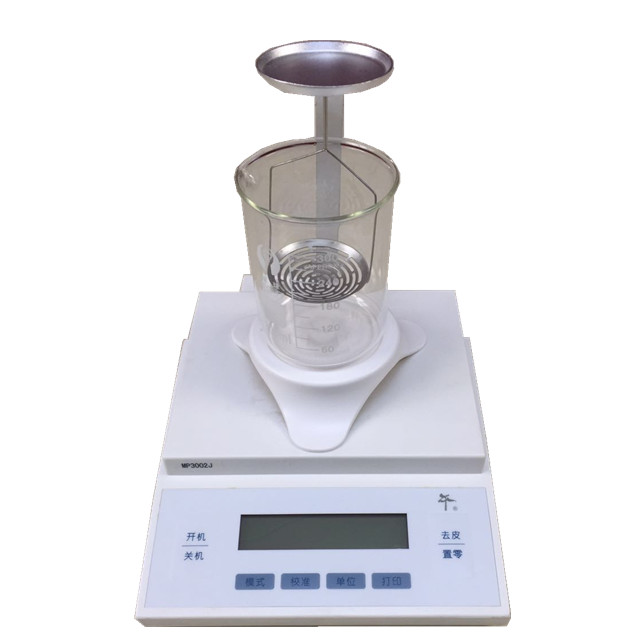Comprehensive Guide to Selecting and Using Insulation Resistance Testing Instruments for Electrical Safety
Understanding Insulation Resistance Testers Importance and Applications
Insulation resistance testers are essential tools utilized in electrical maintenance and safety assurance across various industries. These devices measure the resistance offered by electrical insulation materials, ensuring that they can effectively prevent unwanted leakage currents that may arise from defective or aging insulating materials. This article aims to delve into the significance, operation, and applications of insulation resistance testers.
Importance of Insulation Resistance Testing
The primary purpose of insulation resistance testing is to assess the integrity of insulation in electrical apparatus. Over time, environmental factors such as heat, moisture, and chemical exposure can degrade insulation properties, leading to increased chances of equipment failure, electrical shocks, and fire hazards. Regular testing helps to preemptively identify weaknesses in insulation before they culminate in failures, thus enhancing the safety and reliability of electrical systems.
Furthermore, insulation resistance testing is a regulatory requirement in many industries. Compliance with safety standards set by organizations like the Occupational Safety and Health Administration (OSHA) and the National Fire Protection Association (NFPA) often mandates periodic insulation assessments. This compliance not only protects the workforce but also mitigates potential legal and financial repercussions resulting from accidents due to compromised insulation.
How Insulation Resistance Testers Work
Insulation resistance testers operate on a simple principle they apply a specific voltage to the insulation using a built-in generator and measure the resulting current that flows through the insulation. The relationship between voltage and current allows the device to calculate the insulation resistance in ohms.
Typically, these testers are equipped with multiple voltage settings (commonly 250V, 500V, and 1000V) to accommodate various insulation types and thicknesses. The resistance values obtained are compared against industry standards or manufacturer specifications to determine whether the insulation is adequate. A higher resistance value indicates a healthier insulation system, while lower values suggest potential degradation or failure.
insulation resistance testers

Key Features of Insulation Resistance Testers
Modern insulation resistance testers come with several features that enhance their functionality. Digital displays provide clear readings, while data logging capabilities enable users to record and analyze trends over time. Many testers are also equipped with advanced functions such as insulation diagnostic testing, which allows for the identification of specific insulation faults.
Portability is another crucial feature, as technicians often conduct tests in various locations. Rugged designs with weatherproof capabilities ensure that testers can withstand harsh working environments, making them reliable for fieldwork.
Applications Across Industries
Insulation resistance testers find applications across a wide range of industries. In the electrical and electronics sector, they are invaluable for testing motor windings, transformers, and cables. In construction, they help verify that power systems' insulation meets safety standards before commissioning buildings.
Additionally, the renewable energy sector also utilizes insulation resistance testers in solar panels and wind turbines to ensure that the insulation remains intact under extreme conditions. Moreover, industries dealing with hazardous materials benefit from these testers by ensuring their machinery's electrical insulation is robust enough to prevent dangerous failures.
Conclusion
In conclusion, insulation resistance testers are vital instruments that play a crucial role in maintaining safety and reliability in electrical systems. Their ability to detect insulation faults before they evolve into critical failures not only protects equipment and personnel but also ensures compliance with regulatory standards. With advancements in technology, these testers continue to evolve, offering enhanced features that cater to the diverse needs of various industries. Regular insulation testing is not just a best practice; it is a necessary part of ensuring safe and efficient electrical operations.
-
The Role of Tensile Force Testers in Quality Control and Material Science
NewsAug.01,2025
-
Maintenance and Safety Tips for Aging Ovens
NewsAug.01,2025
-
Density Balance in Forensic Science
NewsAug.01,2025
-
Advanced Optical Measurement Technologies
NewsAug.01,2025
-
A Buyer’s Guide to Tensile Test Machines
NewsAug.01,2025
-
Why the Conductor Resistance Constant Temperature Measurement Machine Redefines Precision
NewsJun.20,2025
 Copyright © 2025 Hebei Fangyuan Instrument & Equipment Co.,Ltd. All Rights Reserved. Sitemap | Privacy Policy
Copyright © 2025 Hebei Fangyuan Instrument & Equipment Co.,Ltd. All Rights Reserved. Sitemap | Privacy Policy
